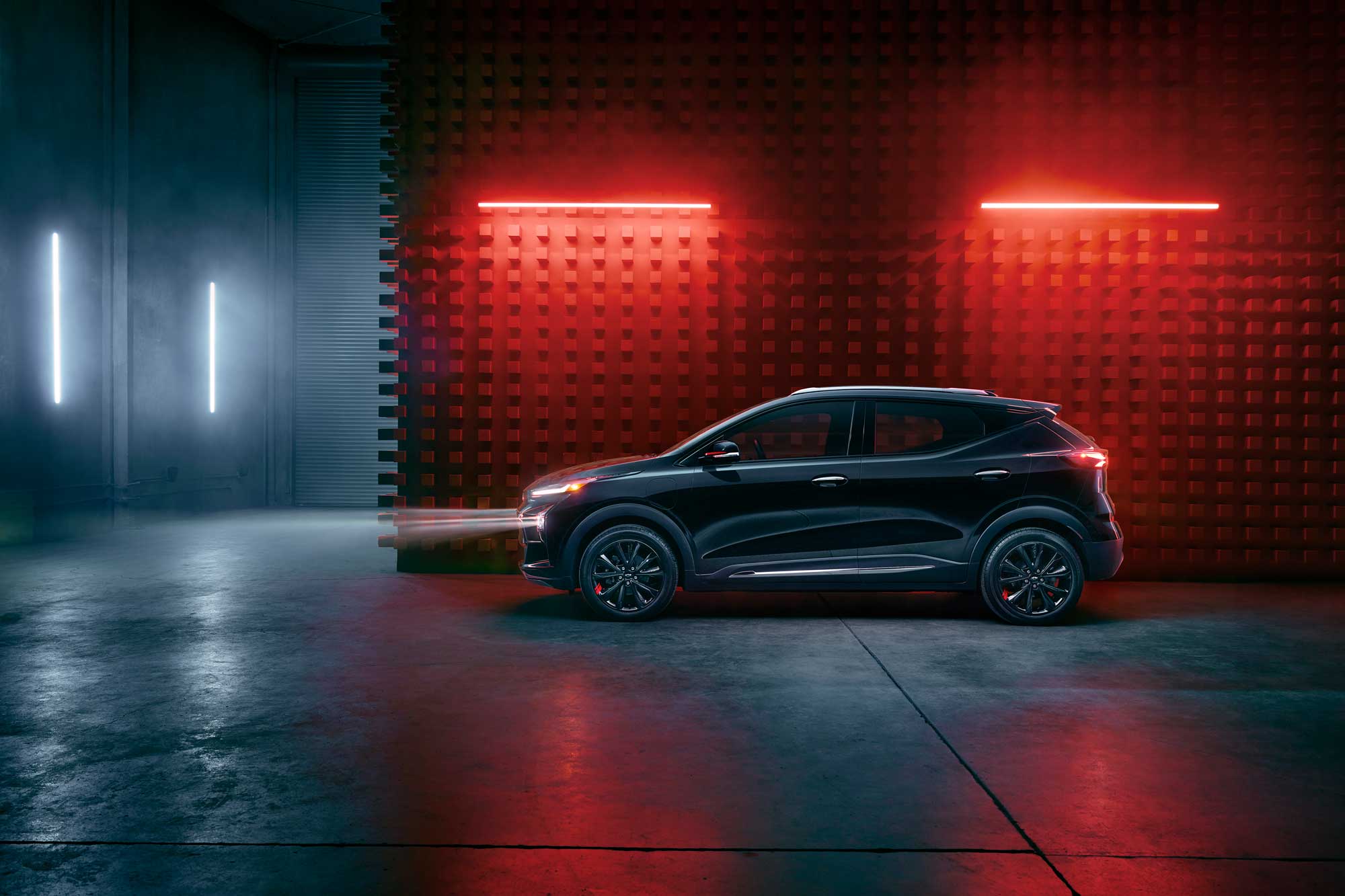8 Things That Need to Be Regularly Serviced on an EV
Electric cars aren't entirely maintenance free.
 Chevrolet
Chevrolet
QuickTakes:
| | | |
Electric vehicles (EVs) can have significantly reduced maintenance needs compared to traditional gas-powered automobiles. With far fewer moving parts from simpler drivetrains that endure less thermal stress, EVs can operate for thousands of miles without needing oil changes, engine filter replacements, or transmission services that are often necessary for internal combustion engine (ICE) vehicles.
That doesn't mean that EVs are entirely maintenance free. As with an ICE car or truck traversing down roads through various weather conditions, entropy can eventually affect several EV components. Many EV maintenance items are shared with their ICE equivalents, but a few are unique to battery-powered automobiles.
Brake Pads
EVs use regenerative-braking technology that captures the vehicle's kinetic energy while slowing it down, transferring that energy to its battery pack. Since most braking in an EV is done via the regenerative system, its traditional brake pads and rotors are used less than they would be in a gas-powered car, leading to reduced wear.
These pads and rotors still must be replaced over time, just as they would on any other vehicle. For example, Nissan recommends inspecting brake pads and rotors on the Leaf once per year or every 15,000 miles.
Brake Fluid
The brake fluid in a vehicle degrades upon exposure to moisture (from the atmosphere) and heat (generated while braking). It needs replacement at regular intervals, even in an EV. That means flushing out the old fluid and replenishing the system with a fresh fluid.
Tesla requires a brake fluid inspection every two years, while Ford recommends a three-year interval for replacement.
Tire Rotations
Tire rotation is a process that helps even out wear by moving a vehicle's wheels from the front to the back and from the driver's to the passenger's side of the car after a certain amount of mileage. Electric cars are similar to ICE cars regarding tire rotation. Their heavier curb weights and higher torque ratings are often harder on tire tread over time than a comparably sized ICE vehicle. This can make rotation even more important for EV owners.
Most new EVs come with scheduled service as part of the warranty that takes the place of the free oil changes that are often part of gas and diesel service packages. This generally includes rotating the tires. For example, Hyundai asks that EV owners get their vehicle's tires rotated every 5,000 miles.
Windshield Wipers
Windshield wipers on electric cars are subject to similar wear and tear as they are on other vehicles. This is especially true in climates where harsh winter weather is commonplace, as the weight of snow and the crystals in ice can tear at the rubber and silicone that make up a wiper blade.
Wipers are usually replaced when their performance declines to the point where they can no longer properly clear the windshield. It's possible to avoid getting caught in a storm with a worn set of wipers by regularly inspecting them for damage.
Nissan asks for the wipers on the Leaf EV to be checked out every six months.
Cabin Air Filter
An electric car might not have an engine air filter like a gas-powered model, but when it comes to keeping cabin air fresh, it's a different story. As with any other modern automobile, an EV uses a replaceable filter element that traps dust, pollen, and other allergens to prevent them from being blown through the passenger compartment by the automobile's heating and cooling system.
A cabin air filter can be an inexpensive component, but it is simple to replace as a DIY project. Tesla recommends swapping in a new filter every two years, while Ford bases their replacement interval on mileage (between 15,000 and 20,000 miles).
Wheel Alignment
A vehicle's wheel alignment is subject to wear and tear from potholes, uneven pavement, and the occasional curb. Impacts with any of these on-road obstacles can be jarring enough to nudge several suspension components out of place, which over time, can cause your EV's wheel alignment to stray from factory settings.
A wheel that is out of alignment can cause vibrations, negatively impact handling, and accelerate tire wear. This is especially true of EVs, which tend to weigh more and put additional stress on EV tires. Wheel alignment can be checked if you experience any of the mentioned symptoms, but it's generally a good idea to have it inspected every two to three years.
Shock Absorbers
Shock absorbers take the brunt of any harsh roads an EV might happen to encounter. Considering the extra weight of an electric car, it's important to stay up to date with shock absorber maintenance to preserve ride comfort, and ensure safer braking and cornering.
Ford's service schedule includes a suspension inspection every 15,000 miles, but it's reasonable to expect shocks to last past the 50,000-mile mark before they need replacement.
Battery Coolant
Most EVs rely on a coolant-filled system to manage the heat generated by their battery packs. This involves pumping fluid around the pack to transfer heat away from its electronic components and power cells.
As with the coolant used to keep a gas-powered car's engine cool, battery coolant can lose its ability to perform up to the required standard over time. Not all EVs specify an interval for battery coolant — Tesla considers its fluid good for the life of the vehicle — but for models such as the Chevrolet Bolt, coolant replacement is recommended after two years or 30,000 miles of driving.



